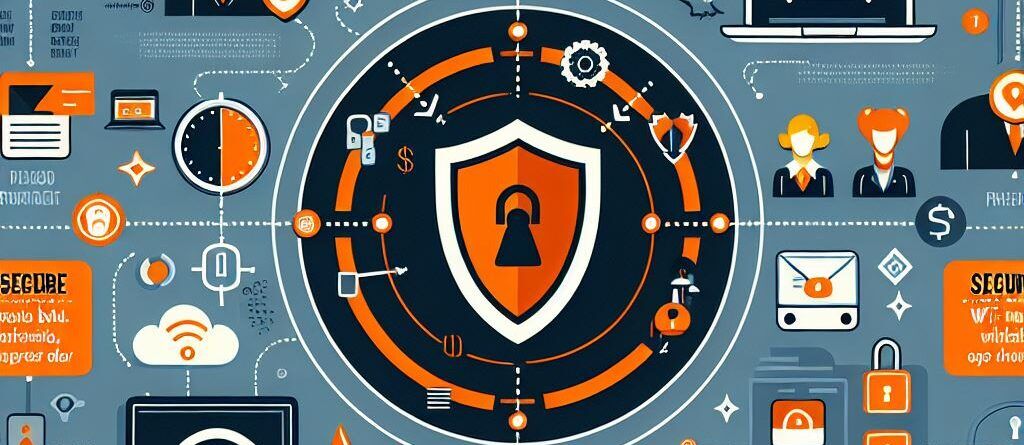Cybersecurity Best Practices: Protecting Your Business Data
In today’s digital landscape, cybersecurity is a paramount concern, especially for small businesses. As an IT-managed service provider in Southern California, we recognize the unique challenges you face. This article aims to provide you with essential cybersecurity best practices to safeguard your data and ensure your business remains secure.
Understanding the threat landscape is the first step in fortifying your defenses. Cyber threats are constantly evolving, and small businesses are often prime targets due to perceived vulnerabilities. Common threats include phishing attacks, where deceptive emails or messages trick employees into revealing sensitive information; ransomware, which encrypts data and demands payment for its release; and various forms of malware that can damage or disrupt systems.
One of the most effective ways to enhance your cybersecurity is by implementing strong password policies. Weak passwords are a significant security risk, so it’s crucial to encourage employees to use complex passwords that include a mix of letters, numbers, and special characters. Additionally, multi-factor authentication (MFA) adds an extra layer of security, making it harder for unauthorized users to gain access.
Regular software updates are another critical aspect of cybersecurity. Ensuring that all software, including operating systems and applications, is up-to-date can protect your systems from vulnerabilities that cybercriminals might exploit. These updates often include patches for security flaws, making them an essential part of your defense strategy.
Employee training and awareness are also vital. Human error is a leading cause of data breaches, so regularly training employees on cybersecurity best practices is essential. This includes recognizing phishing attempts and handling sensitive information securely. Conducting simulated phishing exercises can help improve their awareness and response to potential threats.
Data encryption is another key practice. Encrypting sensitive data both in transit and at rest ensures that even if data is intercepted, it remains unreadable to unauthorized users. This is crucial for protecting information such as financial records, customer data, and proprietary information.
Securing your network is fundamental to protecting your business. Implementing firewalls, antivirus software, and intrusion detection systems can help prevent unauthorized access. Regularly monitoring network traffic for unusual activity and responding promptly to potential threats is also essential.
Backing up your data regularly is a critical safety net. In the event of a cyberattack, having recent backups stored in a secure, offsite location can facilitate quick and effective recovery. It’s important to test these backups periodically to ensure they can be restored when needed.
Access control is another important aspect of cybersecurity. Limiting access to sensitive data based on employee roles and implementing the principle of least privilege ensures that employees only have access to the information necessary for their job functions. Regularly reviewing and updating access controls can help maintain security.
Developing an incident response plan is crucial for preparedness. This plan should outline the steps to take in the event of a breach, including communication strategies, containment measures, and recovery procedures. Being prepared can significantly reduce the impact of a cyber incident.
Finally, staying informed about the latest threats and best practices is essential. Cybersecurity is a dynamic field, and keeping up-to-date with the latest information can help you stay ahead of potential threats. Subscribing to cybersecurity newsletters, attending webinars, and participating in industry forums are great ways to stay informed.
Protecting your data in the digital age requires a proactive and comprehensive approach to cybersecurity. By implementing these best practices, you can significantly reduce the risk of cyber threats and ensure the security of your business. Remember, cybersecurity is not a one-time effort but an ongoing process that requires vigilance and continuous improvement.

Leave a Reply